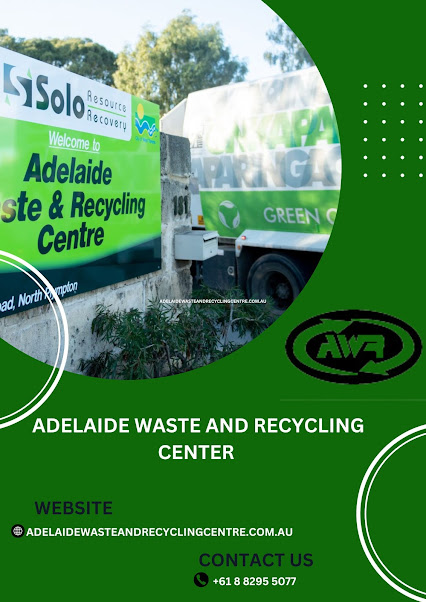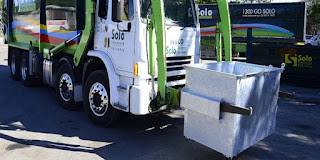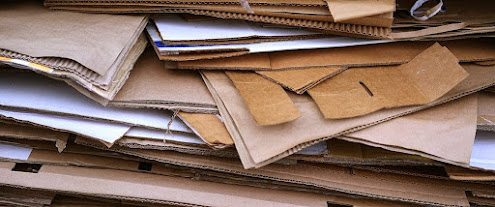Green waste recycling and other waste management services in Adelaide with unmatched economic benefits
The portion of green waste in Australia has increased significantly with fast urbanization and expansion of urban green space. Green waste generation is influenced by many factors, like building types, tree species, and waste collection methods used. Lawns and hedges produce more amount of green waste than shrubs and trees of equivalent areas as more frequent maintenance is needed for shrubs and hedges for aesthetics. Variations also exist in green waste due to factors like season, climate, location, and maintenance strategies. As green waste has very low heavy metal content, it is a good indicator for green waste dump Adelaide. However, due to its low density, transportation costs may increase.
The major source of green waste is yard waste, gardening, and
landscaping waste, which largely consists of grass, leaves, twigs, bushes,
weeds, and small branches. The diverse mixture of biomass in green waste
requires appropriate management to address sustainability issues. It’s
biodegradable, which means it can be broken down by natural processes.
Composting for nutrient recovery is the most preferred green waste dump
Adelaide practice, while its brown part, which consists of branches, is more
suitable for energy recovery. Australia and several other countries have issued
guidelines for better management and recycling of green waste that have
resulted in the development of recycling technologies to reduce the
environmental burden of green waste disposal burden, and depletion of natural
resources.
Advanced waste management technology
A variety of advanced techniques are used by professional waste
recycling services in Adelaide, such as Adelaide Waste and
Recycling Centre (AWRC), to divert green waste from landfills through recycling,
reuse, and recovery. Material recovery technology used by the company’s green
waste dump Adelaide composting, energy recovery applications, and wood plastic
composites (WPC). Composting is an aerobic process that converts green waste
into a mixture, known as compost, that can be used to improve soil structure
and nutrient content. However, if the green waste has nutrition deficiency, it will
affect the time of maturation and quality of mature compost generated by
Adelaide Waste and Recycling Centre’s green waste dump Adelaide facility in
North Plympton. To address this issue, green waste dump Adelaide service uses
additives such as biochar to increase microbial activities and improve its
composting efficiency.
Wood plastic composite (WPC) is produced from recycled plastics and wood
fibres. The wood fibre is dried, and raw materials along with coupling agents
are processed through a heating fusion and other processes. Wood fibres need to
be milled until the particle size reaches around one millimetre before
compounding. However, not all fractions of waste received at green waste dump
Adelaide is suitable for wood plastic composite. The quality of wood plastic
composite would depend on the mechanical properties of the waste.
Waste to energy solutions
Waste-to-energy (WtE) incineration makes use of green waste as a fuel
for generating usable forms of energy. This method also reduces the volume of
green waste by as much as 90%, and weight by up to 80%. Green waste dump
Adelaide service may also use pyrolysis and gasification processes for
obtaining clean energy from green waste with lower environmental impact
compared to an incinerator. Pyrolysis converts green waste into bio-oil, along
with biochar. On the other hand, gasification needs a higher temperature range
of 800 to 900 °C , and results in the
production of hydrogen-rich syngas. Both pyrosis and gasification processes
have the flexibility to choose the operating conditions.
The anaerobic digestion process used by Adelaide Waste and Recycling
Centre breaks down organic matter in the absence of oxygen. This process
converts green waste into a mixture of carbon dioxide and methane, known as
biogas, and digestate that can be used to feed and nourish the soil. Hydrolysis
and subsequent fermentation of lignocellulose in green waste can produce
cellulosic ethanol, which is a second-generation ethanol with great potential
to replace oil-based fuels. Economic benefit and environmental sustainability
are important factors that determine which method will be used by green waste
dump Adelaide.
Paper and tyre recycling





Comments
Post a Comment